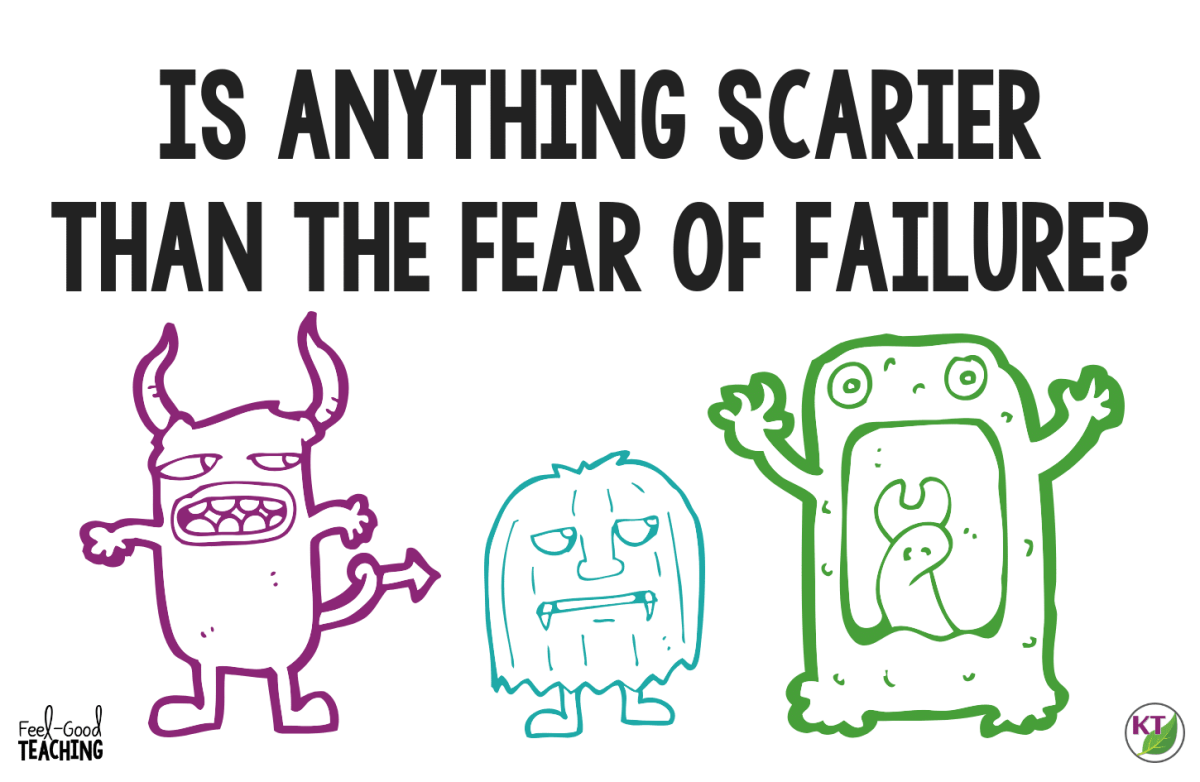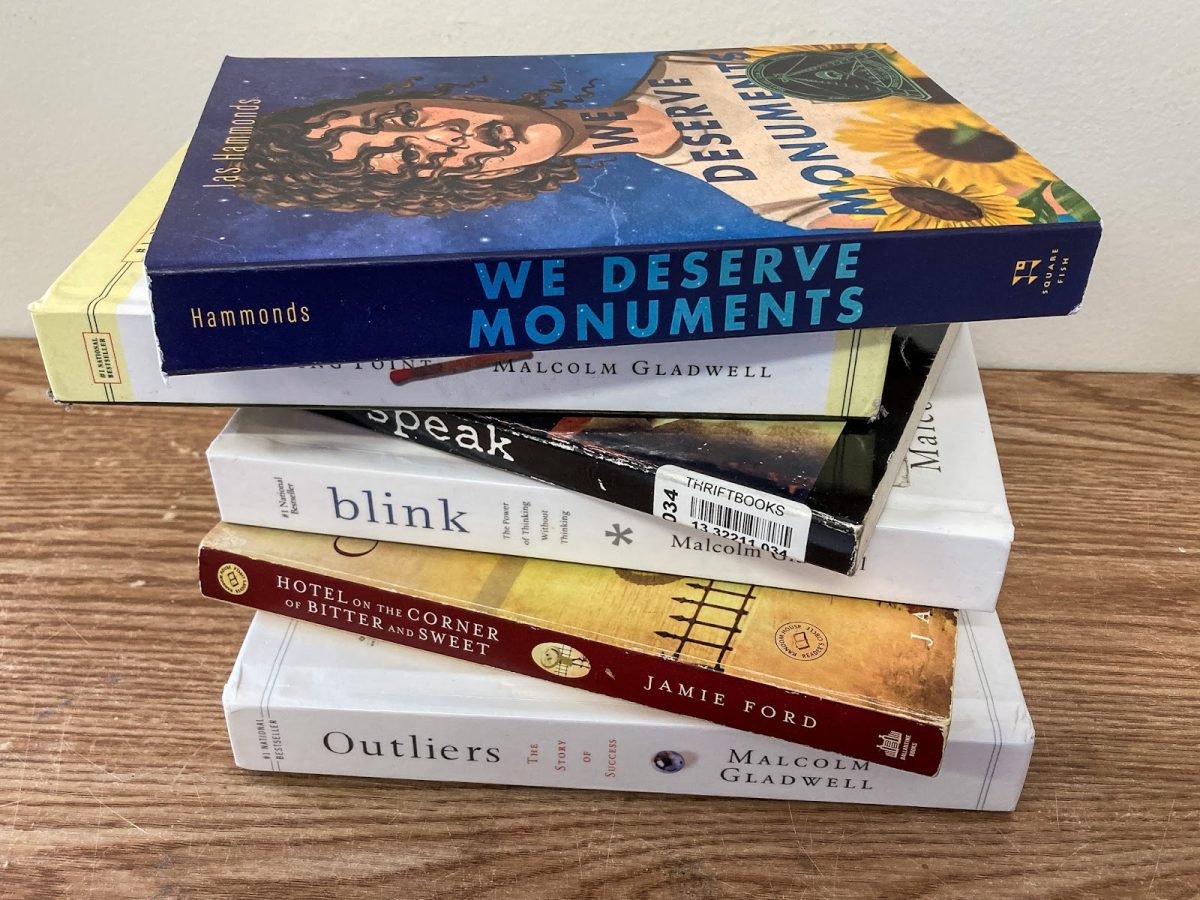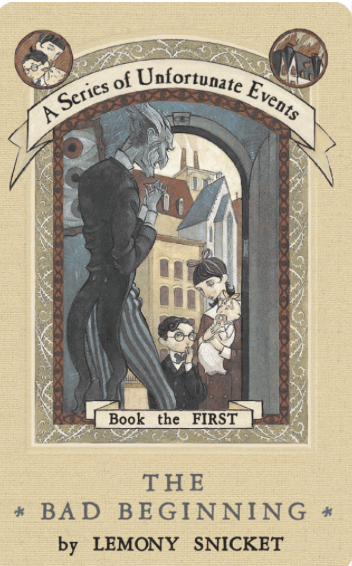As the hype of this year’s election dies down—and for some ultra-conservatives, their final bags are being packed to move to Canada (for most, it has already been accepted that our country will be governed for another four years by Barack Obama)—I can’t help but reflect upon what I observed these past six months.
Nowadays, it seems that, come election season, politicians are far more concerned with their appearances than their policies. And no, I don’t mean whether or not their hair was perfectly combed this morning. I’m talking about image. A politician’s image is how his/her constituents view him/her—and perhaps the number one focus during the final few months of the Presidential race, especially. Not to say that image has never been important before—it has. But it seemed to me that the whole of President Obama’s campaign focused on decrying the unstable actions and words of opponent Mitt Romney, branding him with the mocking nickname of “Flip-flopper.” On the other hand, Romney—although he also had quite a few stabs at Obama himself—spent a lot of his time trying to quell accusations of him being a ruthless venture capitalist, and portrayed himself as the man whose main focus was on lowering tax burdens and unemployment for the middle class. And from what I observed among my peers on Facebook, although many teens were quick to post opinionated statuses about their own views of each candidate, the majority of these posts were only surface conclusions—in other words, I saw almost no posts in which my peers demonstrated an actual understanding or knowledge of the difference between Romney policy and Obama policy. This deeply concerned me, because it brings to mind the question of how many young voting Americans actually know who they are voting for and why they are voting for them?
While we’re on the subject of teens, it is no secret that the youngest voters consistently have the lowest voter registration and turnout in the United States. According to the U.S. Census Bureau, in 2010, only 21 percent of 18-to 24-year old citizens voted, compared with 61 percent of those 65 and older. And even voter turnout in general is dismal. The Census Bureau also reported that while 50.6% of California was registered to vote, only a mere 39.2% actually voted! Curious about adult voting trends at West High, Smoke Signals decided to conduct a little study and procure some statistics of my own. In a survey of 67 voting-age members of West High faculty, I found the following results:
56.7% voted for Barack Obama
31.3% voted for Mitt Romney
1.5% voted for Roseanne Barr
1.5% voted for Gary Johnson
4.5% declined to state
4.5% did NOT vote
As a politically active student who was devastated at the fact that I missed being able to vote by only a year, I was indignant that three faculty members (4.5%) did not vote. Their reasoning for not participating ranging from being unsure if registered or not, being too busy, and (my favorite) because “Nothing ever changes; New faces, same old thing.” And while I find myself slightly agreeing with this discouraged non-voter, I can’t help wonder if he/she felt this way because of the constant battle between enhancing one candidate’s image and destroying the image of the opponent. We can only hope that future elections will be less about the race to the mirror and more about the race to become the next great leader of our country.







